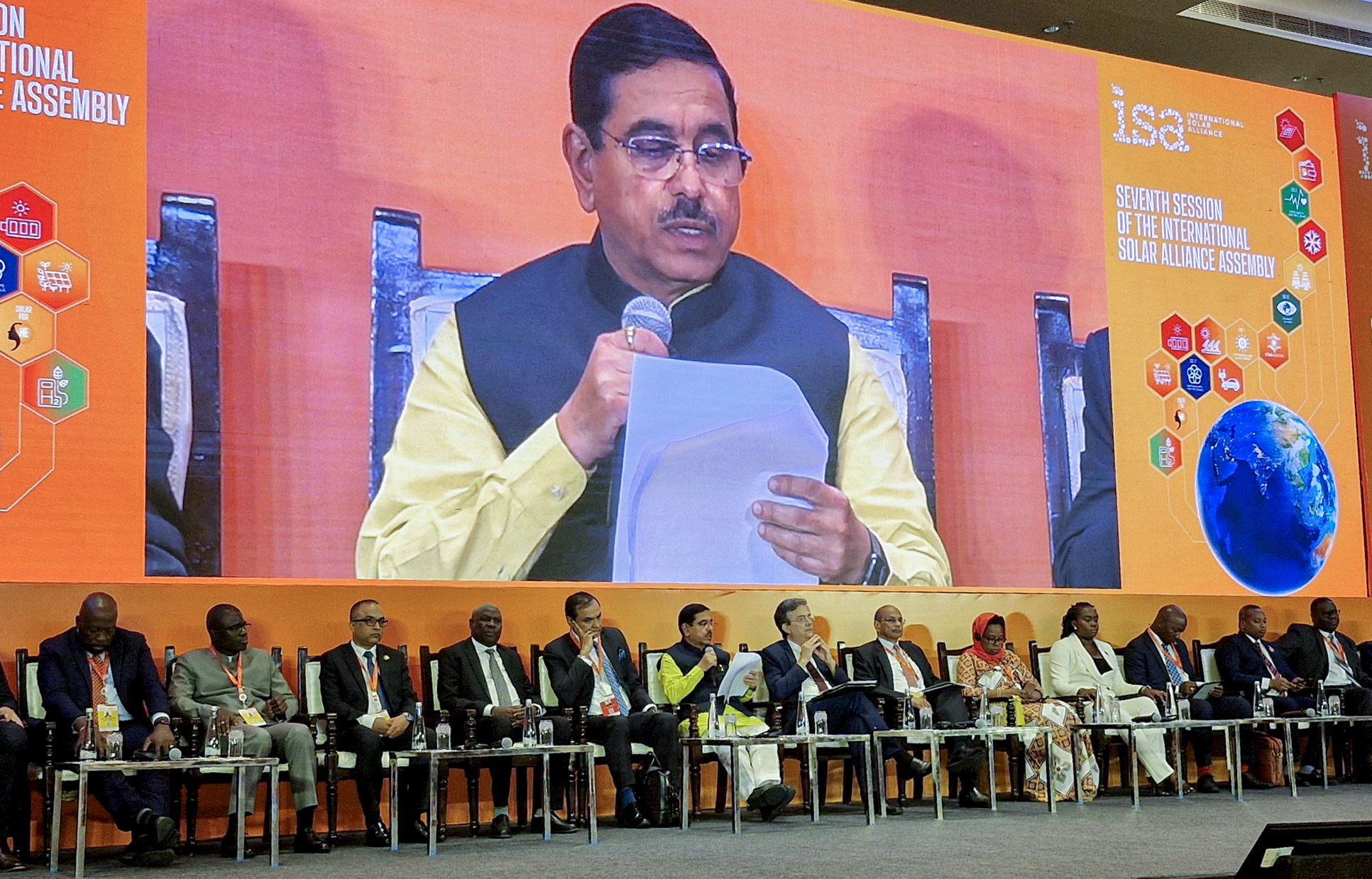The increasing demand for solar panels and related technology is boosting local manufacturing, and thriving economic growth in the small industries, Union Minister for New and Renewable Energy Pralhad Joshi said on Tuesday.
New technologies are significantly enhancing the efficiency of solar panels, the Minister said, addressing the third edition of the High-level Conference on New Technologies for Clean Energy Transition here in the national capital.
“This conference has brought together policymakers, experts, industry leaders, and leaders, highlighting our global awareness. Our goal is to drive real-world change and make significant progress towards achieving the climate targets through collaboration, innovation and knowledge sharing,” he said.
He stressed storage technologies stating them as “very critical”. “Innovations in battery storage allow the excess energy generated to be stored fully used to fully used during the cloud detail or at night.”
Prashant Kumar, Secretary, of the Ministry of New and Renewable Energy, highlighted that solar energy is increasingly becoming the least-cost option for the power sector.
“Traditional silicon-based photovoltaic panels have been a backbone of solar power for decades.
However, recent innovations like the perovskite solar cells are changing the game,” said the Secretary.
On Monday, India and France were elected President and co-president of the International Solar Alliance for two years, from 2024 to 2026.
While India was the sole contender for the post of President, the Co-Presidency was contested between France and Grenada, with France emerging victorious.
ISA’s objective is to scale up solar energy and reduce the cost of solar power generation through aggregation of demand for solar finance, technologies, innovation, research and development, and capacity building.
A rooftop solar programme was announced in the interim Budget tabled on February 1 this year, named PM Surya Ghar: Muft Bijli Yojana. The rooftop solar project, with an investment of over Rs 75,000 crores, aims to light up 1 crore households.
The entire world meets a sizable portion of its energy needs through fossil fuels, and various renewable energy sources, including solar, are seen as an avenue to reduce the dependence on conventional sources of power. Green energy for climate mitigation is not just a focus area for India, but globally it has gained momentum.
At COP26 held in 2021, India committed to an ambitious five-part “Panchamrit” pledge. They included reaching 500 GW of non-fossil electricity capacity, generating half of all energy requirements from renewables, and reducing emissions by 1 billion tonnes by 2030. India as a whole also aims to reduce the emissions intensity of GDP by 45 per cent. Finally, India commits to net-zero emissions by 2070.
(ANI)














